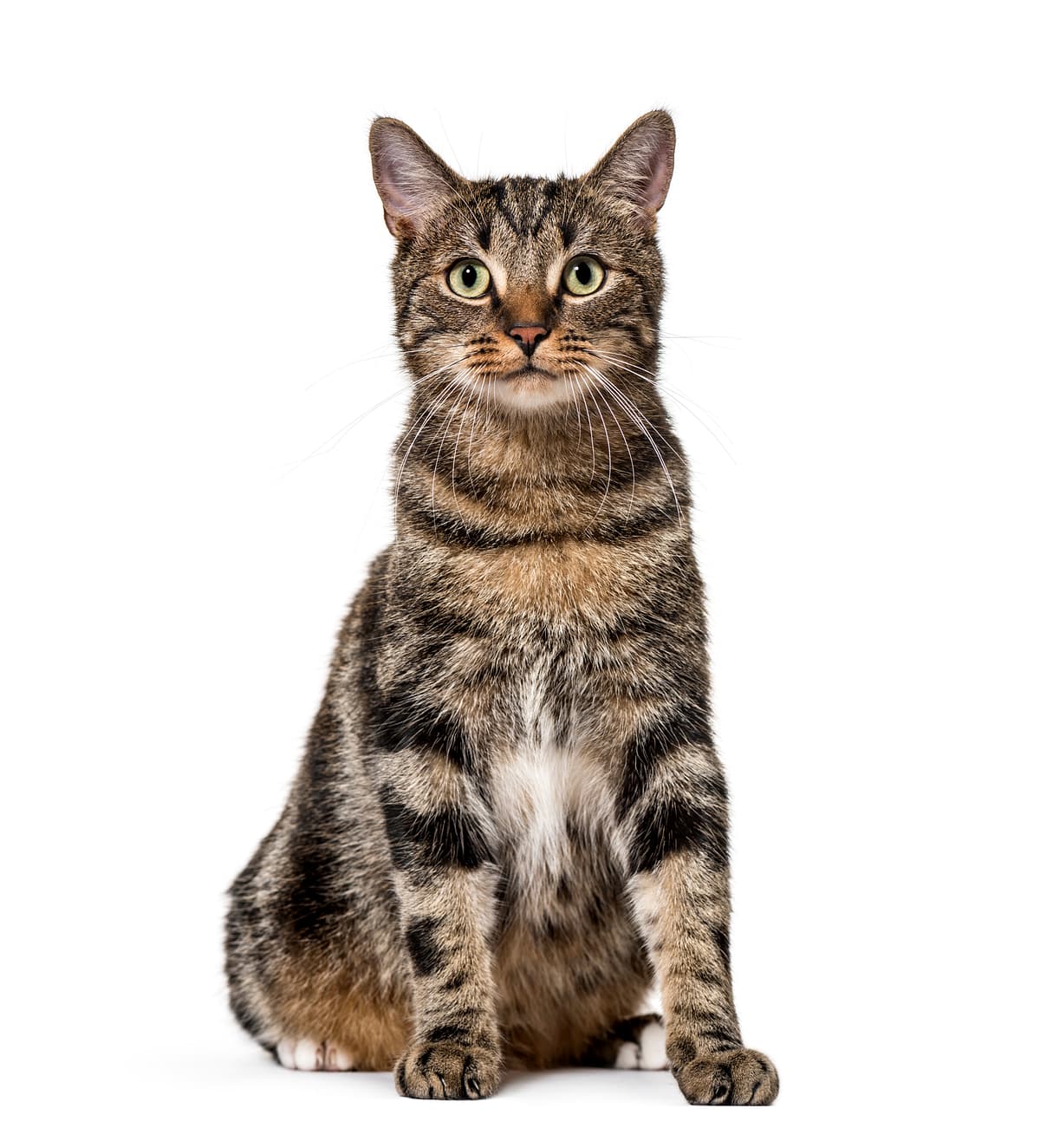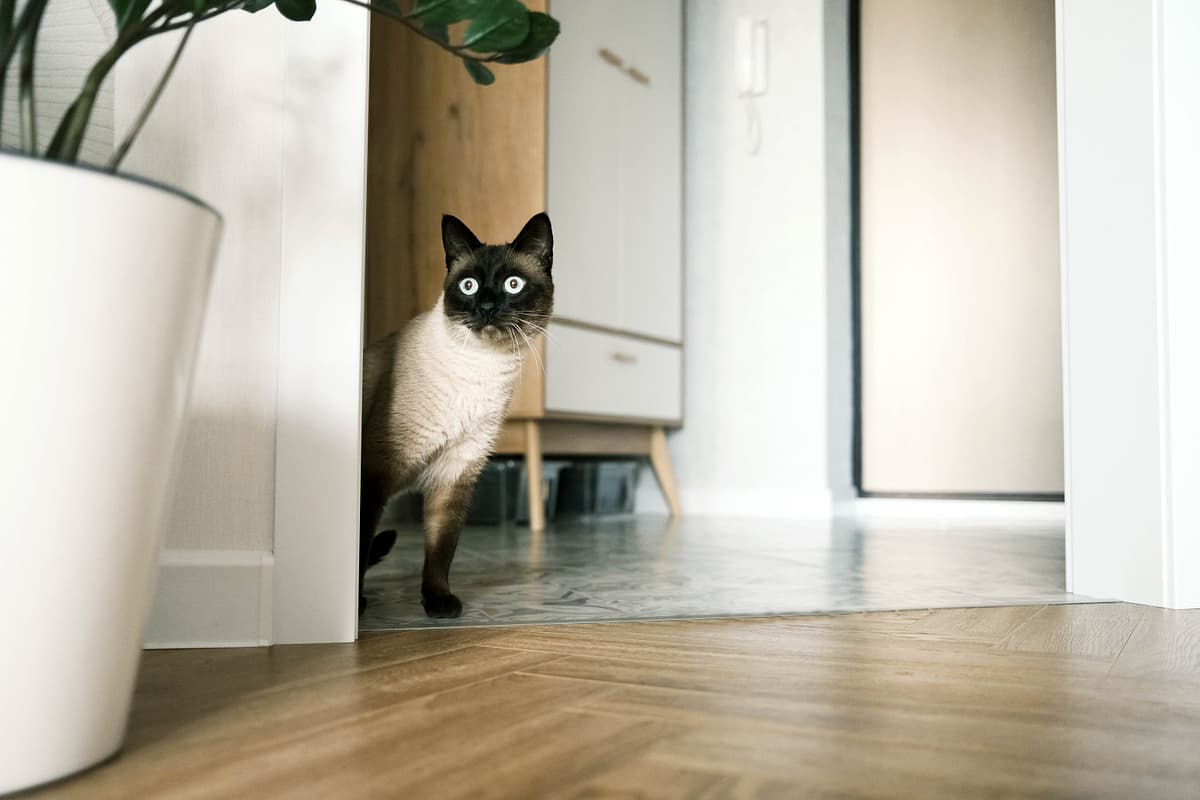Mixed breed vs Siamese
Discover the differences between Mixed breed and Siamese to make the best choice for your situation.
Try different breeds

Mixed breed
Mixed breed cats combine a variety of personalities, often resulting in playful, adaptable, and affectionate companions. Their diverse backgrounds make them well-suited to families and individuals alike.

Siamese
Striking blue eyes and a sleek, short coat set this affectionate breed apart. Social, vocal, and playful, Siamese cats thrive on companionship and interaction.
Quick comparison
Medium
3.5–6 kg
Shorthaired, variable density
12–16 years
3–5 kg
Moderately active
Medium
3.5–5.5 kg
Shorthaired, fine-textured
12–16 years
2.5–4.5 kg
High energy
Personality & behavior
Compare the personality traits and behavioral characteristics of both breeds.
Mixed breed
Generally sociable with people and other pets
Learns routines and problem-solving tasks quickly
Moderate activity needs, varies by individual
Enjoys interactive play and exploring surroundings
Adjusts well to new environments and changes
Siamese
Enjoys people and bonds closely with owners
Learns quickly and solves puzzles with ease
Highly active and thrives on daily activity
Loves games and interactive play sessions
Adjusts well to new environments and changes
Care needs
Exercise, grooming, and daily care requirements
Mixed breed
Dental disease, obesity
Siamese
Progressive retinal atrophy, respiratory issues
Suitability
How well each breed fits different living situations and families
Mixed breed
Easy to manage
Mixed breed cats are typically adaptable and have varied, manageable temperaments.
Highly adaptable
They usually adjust well to smaller spaces and indoor environments.
Flexible companion
Mixed breeds can match a wide range of activity levels in active households.
Generally suitable
Many mixed breeds are tolerant and gentle with respectful children.
Usually sociable
They often coexist peacefully with other pets, depending on individual temperament.
May struggle alone
Some may develop stress or boredom if left alone for extended periods.
Siamese
Good option
Affectionate and social, Siamese cats are generally easy for beginners to understand
Excellent fit
Their playful nature suits smaller spaces as long as they receive enough attention
Highly suitable
They enjoy interactive play and thrive in active, engaging environments
Usually good
Siamese cats are social but may be sensitive to rough handling by very young children
Works well
They often get along with other pets if introduced properly and given attention
Not recommended
Siamese cats become lonely and stressed if left alone for extended periods
Breed strengths
What each breed excels at and their best qualities
Mixed breed
- Wide genetic diversity reduces inherited diseases risk
- Adaptable to various living environments
- Often have balanced, resilient temperaments
- Usually lower grooming requirements than purebreds
- Can display hybrid vigor and physical health
Siamese
- Affectionate and bonds closely with owners
- Highly intelligent and quick to learn
- Social and enjoys interactive play
- Communicates needs with distinct vocalizations
- Sleek, low-shedding coat requires minimal grooming
Challenges & considerations
Potential challenges and considerations for each breed
Mixed breed
- Unpredictable adult size and coat type
- Temperament can be harder to anticipate
- May have unknown medical background
- Less consistent appearance or personality traits
- Some may need extra socialization early
Siamese
- Prone to separation anxiety if left alone
- Can be overly vocal and demanding
- Sensitive to changes in environment or routine
- Needs frequent mental and physical stimulation
- Susceptible to dental and respiratory health issues
Ready to choose your perfect breed?
Learn more about each breed or compare other breeds to find the perfect match for your lifestyle.
Discover more helpful tools
Make use of our other free tools to get the most out of your pet experience
